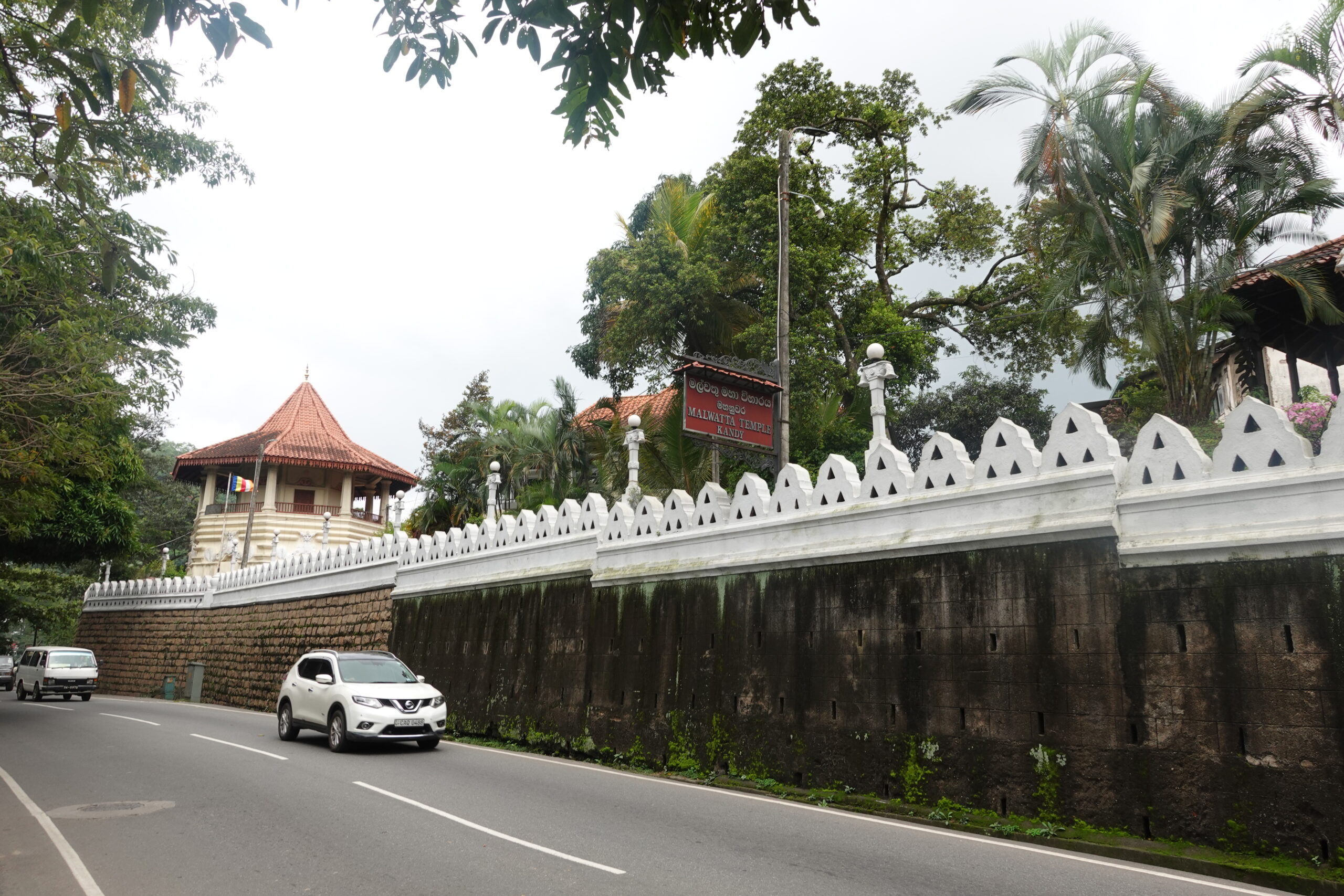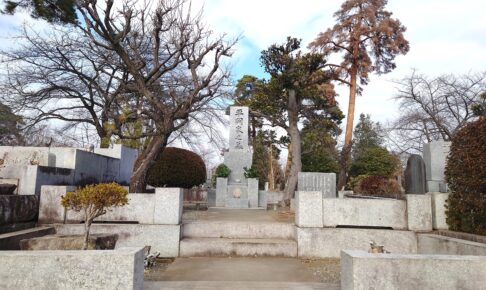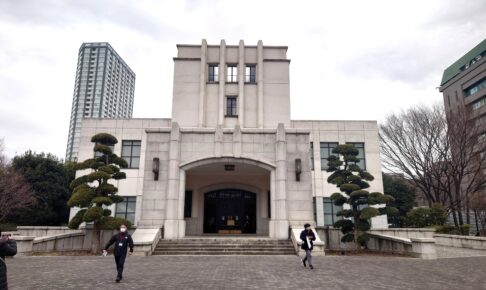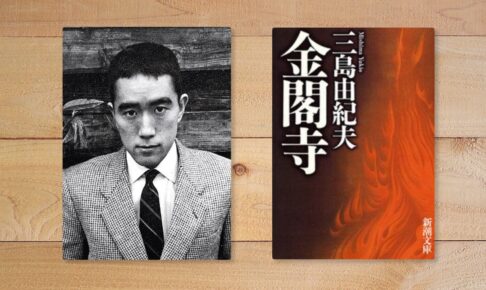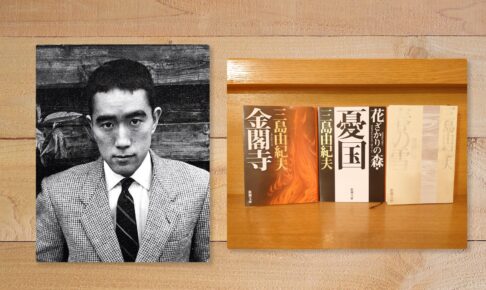Travels to Buddhist sites in India and Sri Lanka (44)
Audience with the Presidents of the Sri Lankan Theravada and Siamese Schools of Buddhism - Questions about Buddhism
During my stay in Sri Lanka, I also had a number of amazing and wonderful experiences, the most surprising of which was the audience I was able to have with both Siamese presidents in Kandy.
It was definitely one of the most exciting days of my three-week stay in Sri Lanka.
In this article, I will talk about my audience with both of these presidents, but before that, I would like to explain a little about the Siamese school of Theravada Buddhism in Sri Lanka.
Sri Lankan Theravada Buddhism currently has three major sects. These are the Siamese, Amarapura, and Ramananya schools.
(32) A Brief History of Sri Lanka's Colonial Period: The Historical Background to the Emergence of the Dharmapala."As I told you in my article in the "The Sri Lankan Buddhist Church," in the middle of the 18th century, Buddhism declined in Sri Lanka due to colonial rule, making it impossible for the cult to continue to exist.
Therefore, the Siamese sect was born, as they invited officially ordained monks from Siam (Thailand) to revitalize their cult. Incidentally, the Amarapura and Ramananya sects also diverged from the Siamese sect.
There are several sects within the Siamese sect, which is the largest sect in Sri Lanka, and the two major sects are the Marwatta (village-dwelling) and Asgiriya (forest-dwelling) sects, and the chief priests I am about to meet are from both of these sects.
The Malwatta sect, called the village-dwelling sect, is a sect that worships Buddhism with the people at temples in towns and villages, while the Asgiriya sect is a sect that meditates away from the villages and focuses on Buddhist practice. The Asgiriya sect is a sect that meditates away from the village and focuses on Buddhist practice. These different sects, each with their own characteristics, have supported Sri Lankan Siamese Buddhism.
And the important point about both of these Siamese factions is that they jointly manage the Buddhist Tooth Temple in Kandy, the sacred site of Sri Lankan Buddhism.
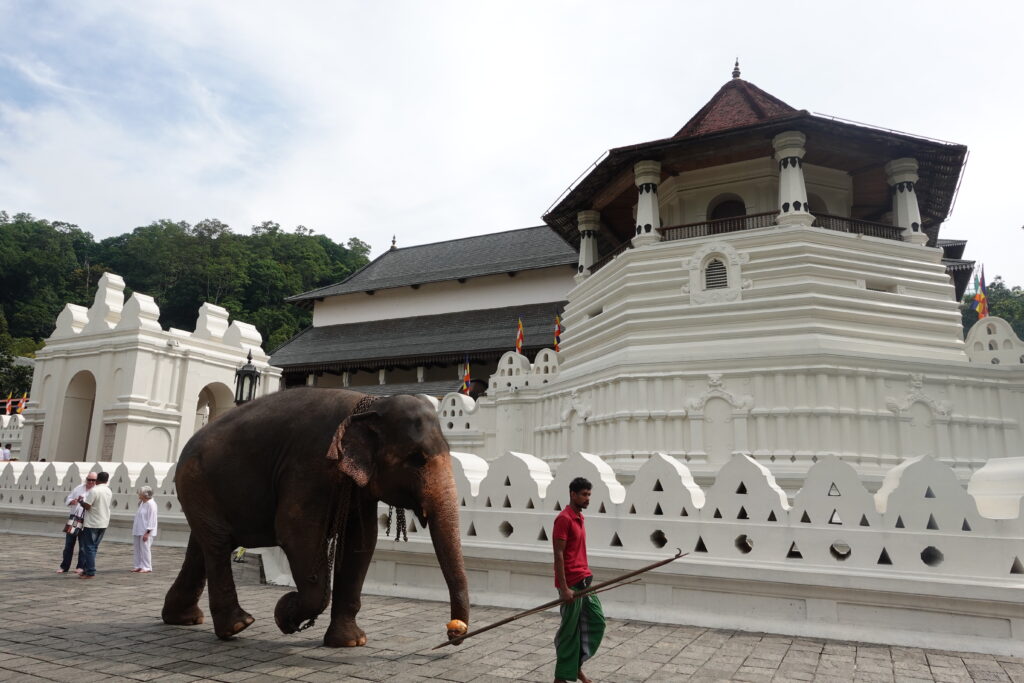
The Marwatta and Asgiriya schools are also responsible for the management and protection of this temple.
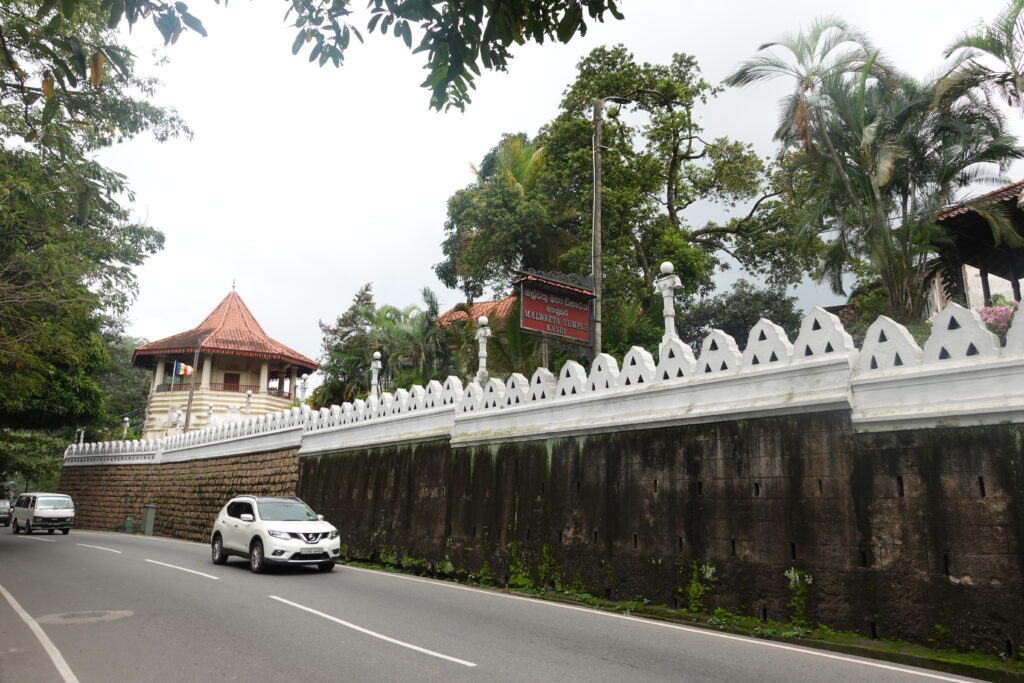
The Marwatta monastery is located in the center of Kandy. When looking at Lake Kandy from the monastery, the Buddha Tooth Temple can be seen in front of the monastery. The location is typical of this sect, which is located close to people's daily lives, as it is called the village-dwelling sect.
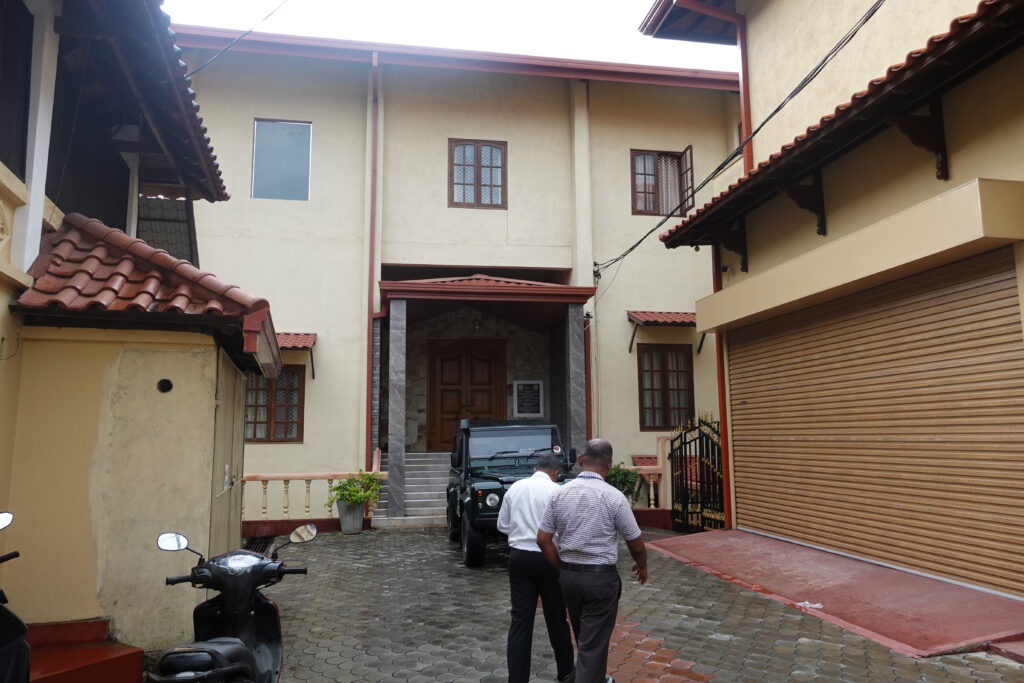
Arriving at the temple grounds. The temple grounds are not a temple at all, but more like an office. In fact, there are temples in every region of Japan, and since the mission of the temple is to protect the nearby Bukkyoji Temple, this is probably the base of the organization's operations.
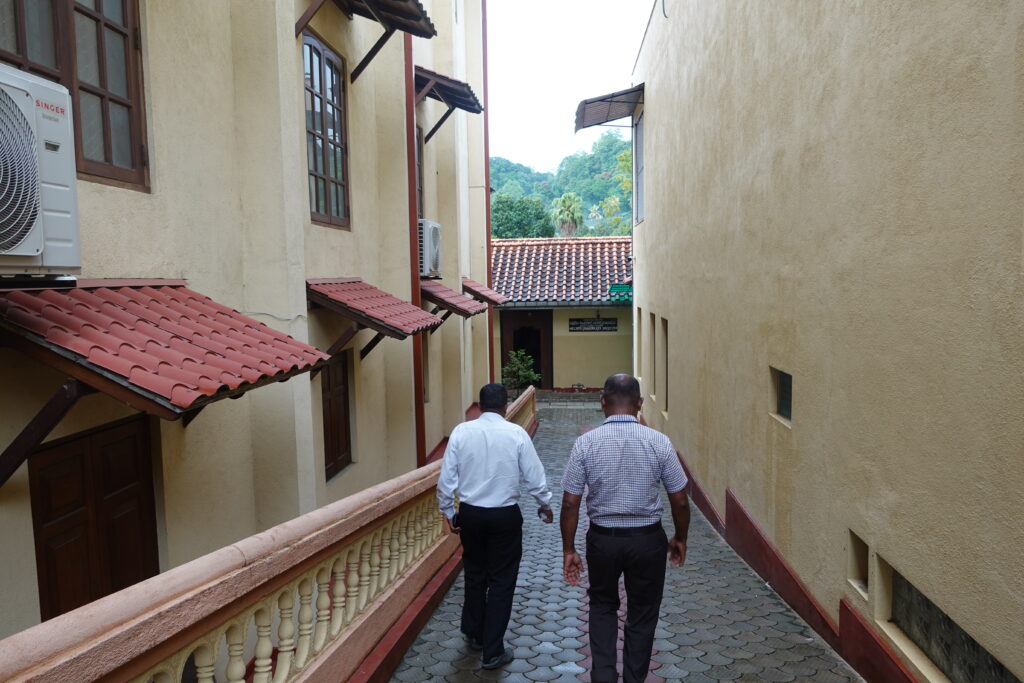
The agent guides me onward.
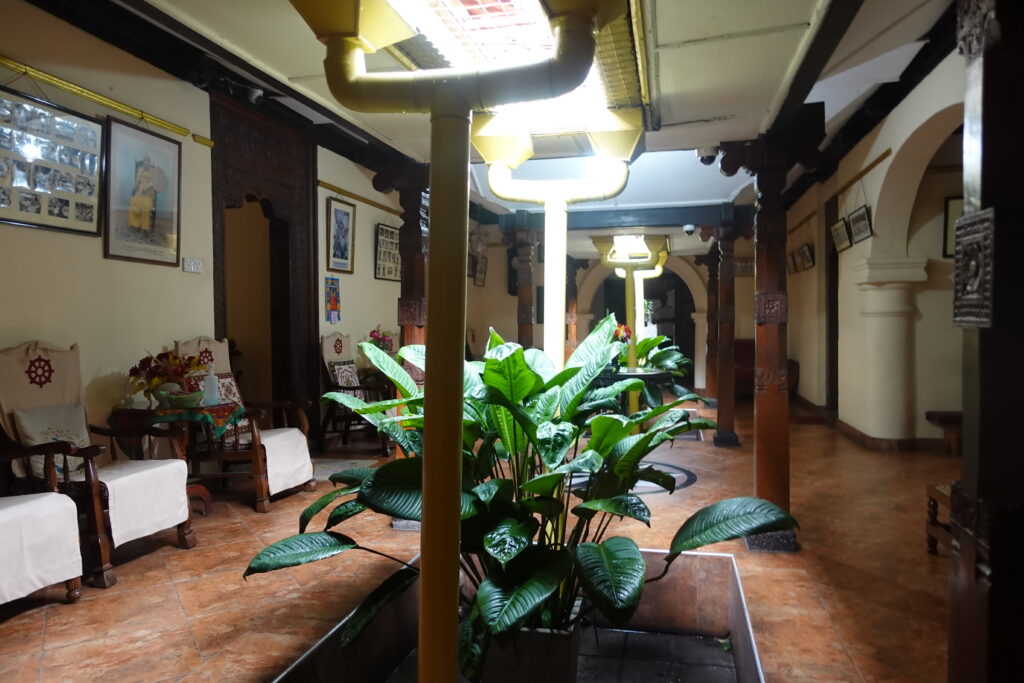
I was then taken to the temple office, where I learned a shocking fact.
The superintendent will be here in a few minutes, so please wait a few more minutes."
These words almost turned me over.
What? I'm going to see the superintendent now!
To tell the truth, I had never heard of such a thing. All I had requested from the travel agency was to visit Marwatta Monastery and Asgiriya Monastery. I had never imagined that I would meet the abbot! This was a big deal!
Kindly, the monks offered me a cup of milk coffee. However, I was so upset that I failed to grab the spoon and spilled the coffee on the floor with the impact. What a blunder! Normalcy. Don't forget normalcy!
After a while, we were led to a back room, where we were told to come in.
The large, horizontal room was a beautiful room that was truly an audience chamber. A large sofa and chair were placed at the back of the red-carpeted room.
The staff recommends that we wait in the chairs for the Superintendent, who will be here shortly.
Finally... I'm not sure how this happened, but I'll take this good fortune in stride.
And then the chief abbot came.
The rector, who was wearing an orange robe, was elderly and wearing a mask. This man is Tibbatuwawe Sri Siddhartha Sumangalabidana, the head minister of the Marwatta School.
His gaze is calm and gentle, creating an air of gentleness. As one would expect from the head priest of the Murajumi School, he has a soft atmosphere that makes one want to open up. He has a soft atmosphere that makes you want to open your heart to him.
I bowed down, greeted him, and took my seat again.
The guide introduced me and told me many things about myself, but to my shame I was completely empty-headed and didn't even know what to say.
Perhaps sensing my concern, the chief abbot shared his memories of Japan with me.
I also went to Japan. It was a wonderful country.
When I came to Japan, I bought a lot of candies for the children and put them on a tray as a gift, but they did not want to take them at first. They did not seem to know whether they could take it or not. I explained the situation to them, and they took them one by one without fighting over them. They didn't even fight over it. And they didn't throw away the candy wrappers, but put them in their pockets and took them home with them. This is a wonderful thing."
Oh! Blessed are these children! What wonderful children! It was an episode that made me happy too.
And, interestingly, to my surprise, this Superintendent also visited Disneyland.
It was a very interesting place. The parade at night was like a Perahera festival. And I was surprised at how polite everyone was without security."
I was also relieved to hear that it was typical of Sri Lankans to feel that the Electrical Parade at Disneyland was like the Perahera Festival.
You can feel exactly that atmosphere in this video, especially around the 3:30 minute mark. It is indeed an electrical parade.
The Superintendent spoke slowly and calmly. Before I met him, I was tense and stiff, but before I knew it, the atmosphere had changed to one of harmony. I was really bowled over by the fact that he is indeed the head abbot of the Murazumi School.
And here the Superintendent signaled something to the staff. What a surprise, he has a present for me!
I kneel down fearfully as the staff ushers me close to the Superintendent.
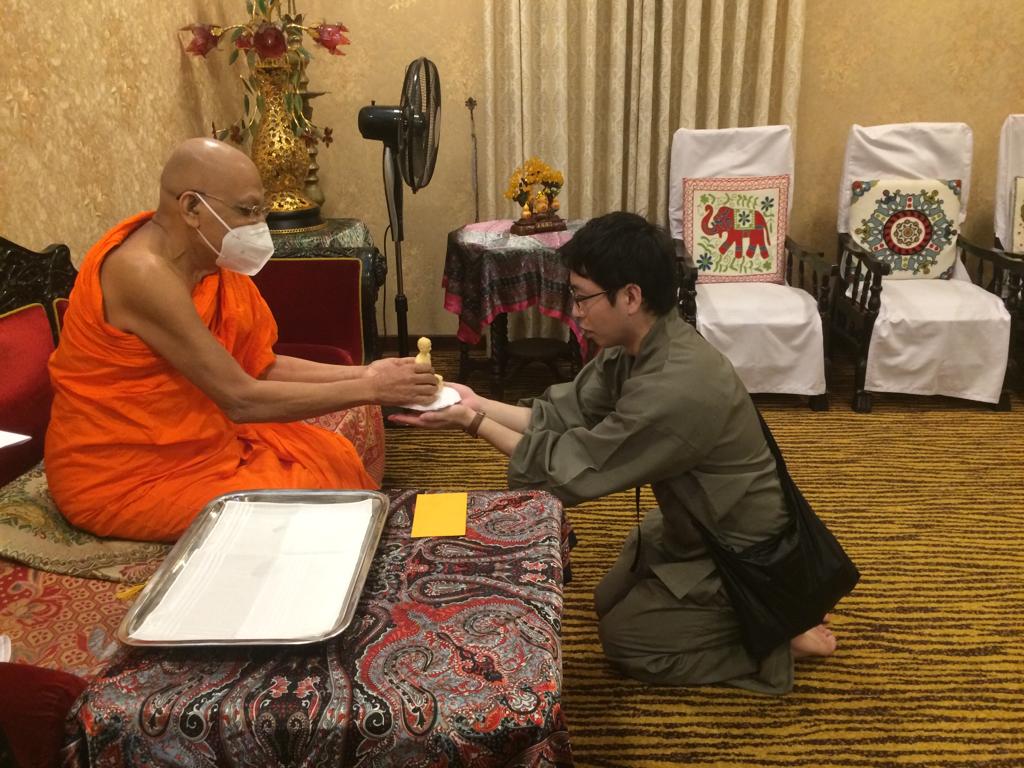
Then, the chief abbot gave me a Buddha statue in person. I was very moved by this!
This Buddha image is still carefully enshrined in the temple. I never thought that I would not only be granted an audience but also a Buddha image. And it was given to me by hand! I never imagined that this would happen.
The audience time passed quickly and we left this room with deep gratitude.
What a time it was! I never thought this would happen...!
I left the monastery with my excitement still unabated.
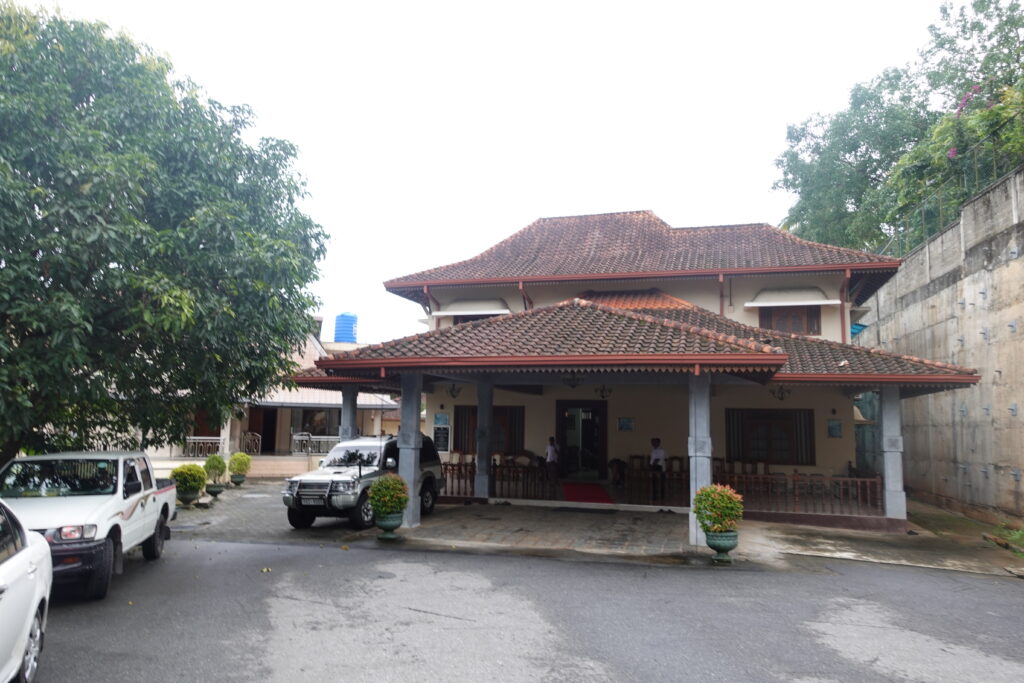
Now, we have arrived at our next destination, Asgiriya Monastery. This one is a bit far from the center of Kandy, as it is a forest dwelling monastery.
And here, too, I was granted an audience with the rector. As expected, I was informed of this before entering the monastery, so I was able to prepare myself.
The agent led us to the office and we were left to wait in the audience room. According to the staff of the monastery, the abbot was in Japan until just the other day. He was visiting Japan to give guidance for the opening of a Sri Lankan Buddhist temple in Japan. He had to leave the trip suddenly this time and came back to Sri Lanka. He had to cut short his visit because the rector of Alvihara had passed away.
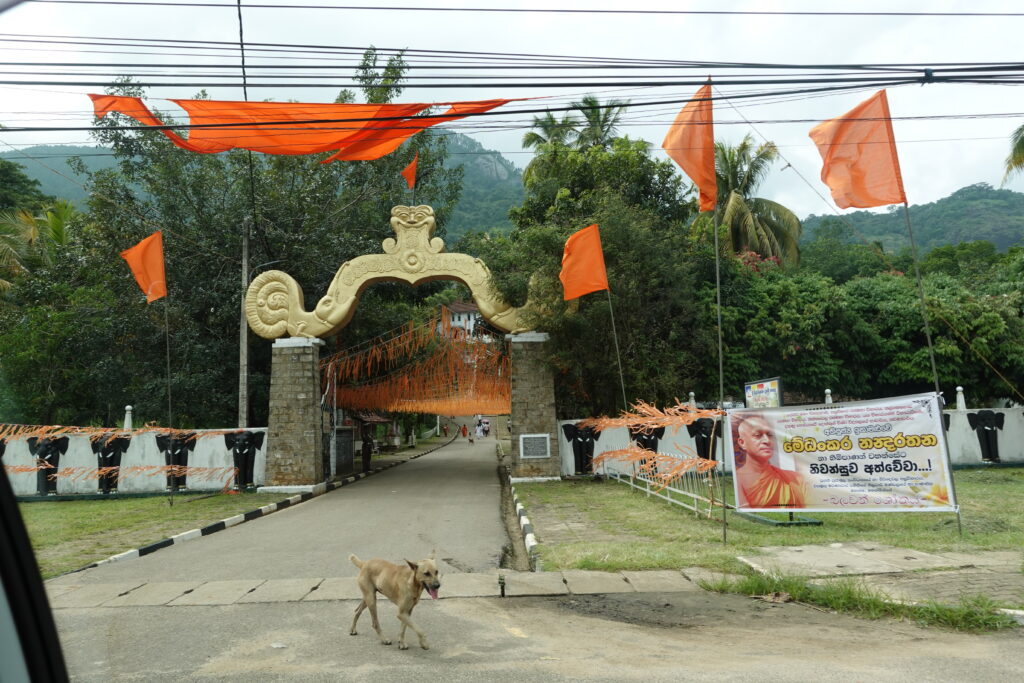
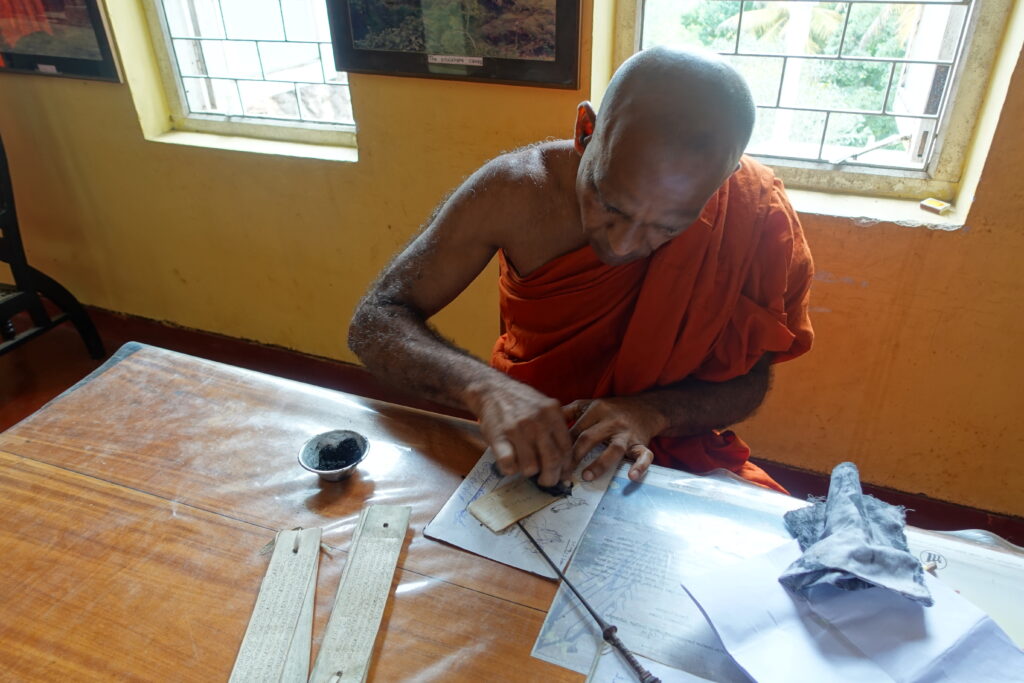
Speaking of Alvihara, isn't that the temple I visited just the other day? I remember that there were a lot of orange flags. (I remember that there were a lot of orange flags.(40) Alvihara - A historical temple where Buddhist scriptures were first transcribed! Did transcription give rise to later Mahayana Buddhism?"(See article in)
After a short wait, the rector arrived. Unlike the Marwatta school presidents, who have a softer atmosphere, the president of the Marwatta school has a stately, dignified appearance. His imposing physique and piercing gaze gave off an unmistakable atmosphere. He does not speak much, but every word he says has weight. He is a man who has been practicing meditation. This man is Warakagoda Sri Gnanarathana, the head minister of the Asgiriya School.
And again, the guide spoke to us.
The conversation turned to the topic of Japan, and the chief abbot mentioned that he had seen the Great Buddha at Todaiji Temple. I guess foreign monks are first guided to see the Great Buddha of Todaiji Temple. As a lover of Buddhist statues, I would like them to see the statues of Hokke-do and Kaitan-in, also in Todai-ji Temple, but it seems that their schedules do not allow them to see other temples and Buddhist statues.
He asked me if I had any questions or wanted to ask him, and I asked him the very question that came to mind when I saw the sharp and weighty gaze of the rector.
What is important in the study of Buddhism?
In response, the high priest said, "You must believe that Buddhism will bring peace to the world.
This surprised me a little.
For myself, the answer that comes to mind to this question is to remain humble.
However, I was surprised that in Theravada Buddhism, which aims for its own enlightenment, the chief abbot said, "Believe that Buddhism will bring peace to the world.
The belief that Buddhism can lead to world peace. This will be important for his own learning.
He said that meditation is also very important to create the mind to realize this.
Hmmm, this is great. I really agree. It is a fallacy that Theravada Buddhism is about seeking enlightenment for oneself alone. I once thought, while studying Theravada Buddhism, that the Mahayana side once criticized Theravada Buddhism by calling it "Theravada Buddhism" and saying that it was ruined because the Buddhist orders were indifferent to the salvation of the general public and devoted themselves only to study and meditation. The term "Hinayana Buddhism" is more than inappropriate. I understand the background of the time when it had to be called that, but I still think it was very rude.
The words of the Asgiriya school prelate, who is primarily a meditative practitioner, were very weighty.
While these exchanges were taking place, another monk arrived in the audience chamber.
I knew the moment he came in. This person was no ordinary person.
This man is Guru Murundeniye Dhammarathana, abbot of the Asgiriya School Muthiyangana Raja Maha Monastery in south-central Sri Lanka.
He is bespectacled and friendly, but has an aura of intelligence. This is no wonder, as he is a graduate of the University of Delhi and a doctoral candidate at the University of Kelaniya.
The Master heard that a young monk was visiting from Japan and he went out of his way to stop by here. How kind of him!
After the guide introduced me, as usual, he waved me off and asked if I had any questions. I couldn't ask the same question as before, so I ventured to ask.
'What do you think of Mahayana Buddhism from the perspective of Sri Lankan Buddhism? There is a lot of criticism".
This question set the mentor on fire.
From there, he must have talked for nearly the entire 30 minutes. He spoke with rich intonation and hand gestures! This is exactly what he meant by "brilliant! His taciturn atmosphere was completely different from that of the Asgiriya school presidents. If you think about it, the Malwatta school's president is a completely different type. They are truly a team of top performers with rich personalities.
He spoke in English, so I was able to understand the gist of what he said. He spoke in an orderly and logical manner, just like a scholar, and the time passed very quickly. I cannot introduce all of what he said here, but I can summarize the following in a very concise manner.
The Theravada and Mahayana religions both aim at the same thing. The way of propagation differs from country to country, and they are always mixed with each country's unique culture. Therefore, it is natural that they are different. It is only when you say which one is right that things become strange.
In the Buddhist tradition, those who are afflicted or suffering are first shown an easy-to-understand way. This way is the same for both Theravada and Mahayana. And from there, they gradually move up and end up in the same place.
There is no need to demean that because you are a Mahayana, or because you are a wife-beater, you are instantly no good. We are all in this together." And.
The master passionately explained that for Sri Lankan Buddhism, Mahayana Buddhism is not an object to be criticized, but a fellowship aiming at the same place.
I was convinced after listening to my teacher's talk that we Buddhists have no need to criticize each other, no matter how different we are. We Buddhists do not need to criticize each other, no matter how we look or what we teach. Each of us has our own background and culture. There is no superiority or inferiority. It is only when we fight over who is right or wrong that things become strange.
In reality, however, there is no shortage of discourses that criticize Mahayana Buddhism in the name of Theravada Buddhism.
But let's think about it. Who is really saying that?
The greatest example of this was Dharmapala. His political background led him to adopt an exclusive discourse. The content of his pure Buddhism of "return to Buddha" was in fact also a completely new Buddhism that borrowed the name of tradition, as we saw in the previous(43) What is Protestant Buddhism in the Dharmapala--the existence and impact of a new Buddhism that is also different from traditional Buddhism in Sri Lanka."As we have seen in the article on
In the same way, let's pay attention to "who is saying it" rather than "what is being said" about the discourse that abounds on the Internet. If we do so, we will be able to see the true nature and intent of what is being said. We should not be misled by such voices that aim to divide and benefit interests.

Oh no, the coffee is delicious! What an exciting and fulfilling day!
I will never forget the excitement of that day. It was an amazing experience. I am very grateful to Ashoka Tours, the travel agency, and the local coordinators. I had no idea that what was supposed to be a simple visit to a temple would turn out to be such an exciting experience!
In just one day, I met two of Sri Lanka's top Buddhist leaders and a brilliant and brilliant prelate. I am truly fortunate. For more information about the two high priests I had an audience with, please refer to theOfficial HPThe profile is also included in the following section and is posted here.
My excitement did not subside as the night went on. I will never forget this day.
*Below is an article with reference books on India and Sri Lanka that we have referenced in this travelogue. Please refer to them.
periodA list of recommended reference books to help you learn about Indian history, religion, and culture."
periodA list of recommended books for "those who want to know more about Indian Buddhism."
periodA list of recommended books to help you get to know the Buddhist country of Sri Lanka."
Next Article.
Click here to read the previous article.
Related Articles












